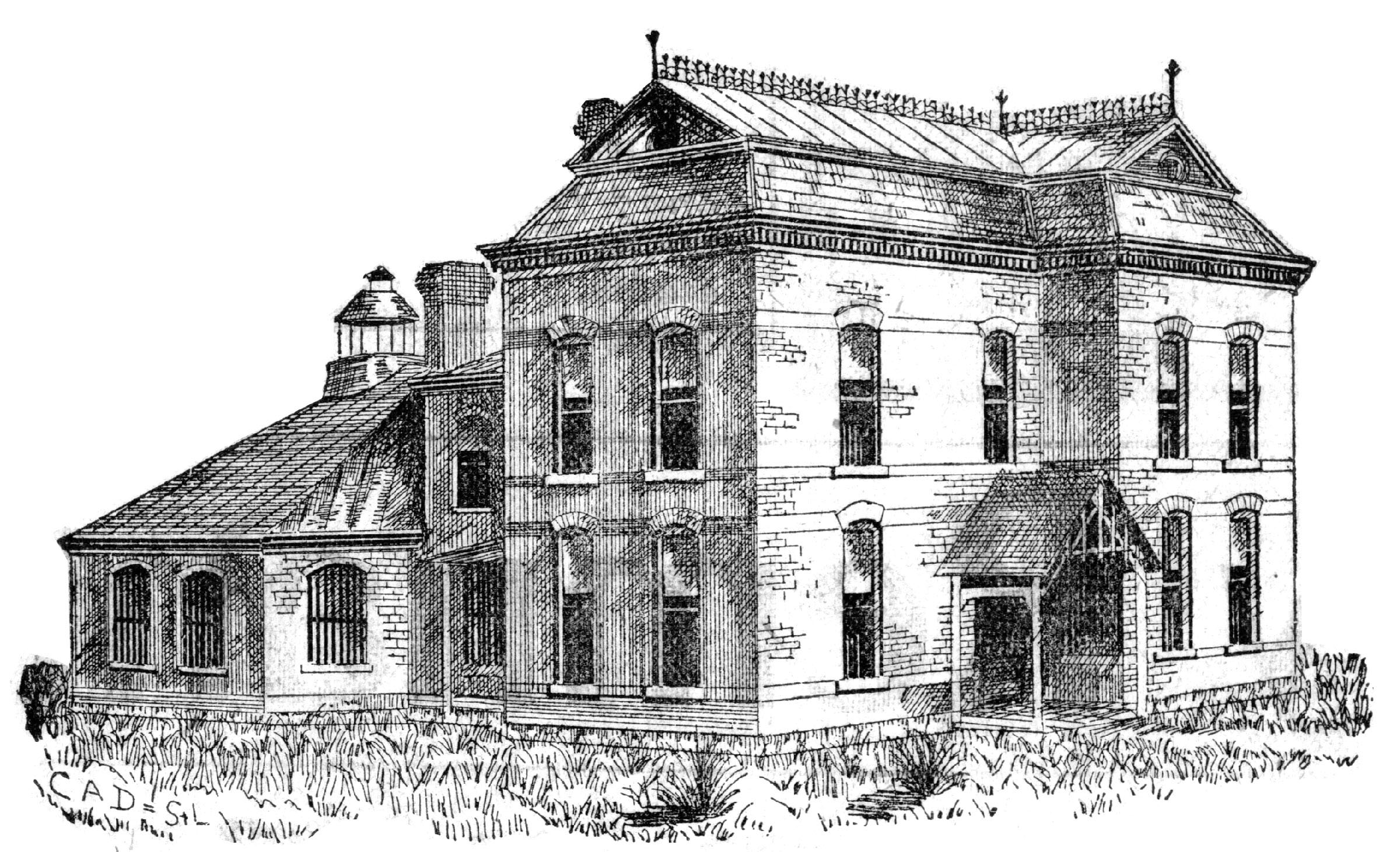Navy Capt. Robert G. Black, a 1935 graduate of Gallatin High School, is remembered as the first naval officer to command the first nuclear submarine division in history of the United States.
Internet research makes listing Commander Black’s military achievements comparatively easy. East Carolina University hosts a manuscript collection of papers from Commander Black (1942-43, 1962-72). The abstract of papers from this U.S. Navy officer includes original memos, reports, newsletters, photographs, a certificate and photocopies of war patrol reports and maps for the USS Flying Fish during World War II.
Only one image from this collection has been digitized — a Presidential citation for Capt. Robert G. Black’s “Outstanding Meritorious Service” from 1966-1969.
As this is written, we have only one photograph of the captain which was printed in April, 1958, when Capt. Black was placed in command of the nuclear submarine division.

During 32 years of service to his country in the United States Navy, Capt. Robert G. Black (GHS Class of 1935) was assigned to several submarine duties that included assuming command of the Navy’s first nuclear submarine division in 1957.
The Gallatin Democrat listed Glenwood Black as one of 54 graduates in the GHS Class of 1935, when school board president and attorney Dean H. Leopard presented diplomas during commencement ceremonies held at Gallatin United Methodist Church.
Like so many others, young Mr. Black left his hometown to pursue interests elsewhere. Records show he attended the University of Tulsa (1936-38) and then graduated from then Louisiana State University with a B.S. degree in Petroleum Geology in June 1941. He immediately entered the U.S. Navy and was commissioned in the U.S. Naval Reserve.
Six months later, America plunged into World War II and, along with the other men and women of America’s Greatest Generation, Black’s life dramatically changed. So far, there is little evidence that he ever returned to Gallatin for any extended period of time.
North Carolina became his home. This is where he once attended graduate studies at NC State University. This is where he met his wife, Jane Forbes Black, who shared close to 65 years of marriage. This is where he is buried.
Following his retirement from the Navy, he joined Data-Design Laboratories in Virginia and later moved to Greenville, N.C. He was active in community affairs there — the Greenville Rotary, Jarvis Memorial Methodist Church, treasurer of the Friends of Jarvis Memorial Library.
Capt. Robert G. Black (1917-2008)
Robert G. Black, Sr., was born on Oct. 22, 1917, in Gallatin, MO, where he later graduated from high school in 1935. After university studies at Tulsa, OK, and Louisiana State University (graduating in June, 1941), he immediately entered the U.S. Navy and was commissioned in the United States Naval Reserve.
He attended Midshipman School, Northwestern University, and graduated in 1941. Beginning in 1943, he served aboard submarines in the Pacific during the Second World War. He made nine war patrols in the Pacific Theatre during the war, serving on the submarines Flyingfish, Batfish and Guitarro. Black skippered two submarines, the Flyingfish and Sablefish.
During 32 years of service to his country in the United States Navy, Black was assigned to several submarine duties that included assuming command of the Navy’s first nuclear submarine division in 1957.
At that time the U.S. Navy’s three commissioned atomic submarines were assigned to Sub. Division 102: Nautilus, Seawolf and Skate. These nuclear submarines joined with the diesel-powered submarines Hardhead, Bang and Halfbeak in the six-ship division under Commander Black.
Later in his service, Capt. Black commanded the USS Hunley (AS 31) in Holy Loch, Scotland, then commanded Submarine Squadron Four in Charleston, S.C. and assumed command of the U.S. Naval Station in San Juan, Puerto Rico. He retired from the United States Navy in May, 1972.
His naval career was distinguished and was recognized through being awarded several decorations and medals that included the Silver Star, Gold Star in lieu of Second Silver Star, Bronze Star with Combat V, Gold Star in lieu of second Bronze Star, Navy Unit Commendation, Submarine Combat Insignia with eight stars, American Defense Service Medal, American Campaign Medal, Asiatic-Pacific Campaign Medal (three stars), European-African-Middle Eastern Campaign Medal, World War II Victory Medal, National Defense Service Medal (one star), and Philippine Liberation Ribbon (one star).
Captain Robert G. Black, Sr. died on July 8, 2008. At that time he was preceded in death by a brother and a sister. He was survived by his wife, Jane Forbes Black, of Greenville; a son Robert G. Black, Jr., of Raleigh; a sister, Kathleen Black Beckworth of Little Rock, Ark., and one grandson.
Not much more is known about Capt. Black’s personal life. Some say Capt. Black was the brother of Betty (Mrs. Bob) McClelland. The Black family may have lived in Winston, MO, at one time; the captain’s mother, Mrs. Erma Black, may have lived on East Grand Street in Gallatin, MO, after her husband passed away.
Other Noteworthy Military
The following are others of historical significance when discussing those from Daviess County who served in the military:
-
-
- Major Samuel Cox … Civil war Union leader & Jesse James survivor
- Rear Admiral Richard Cruzen (GHS ’14) … second in command of Antarctic expeditions
- USN Capt. Robert G. Black (GHS ’35) … America’s first nuclear sub division commander
- USN Jesse Reynolds & Jub Tomlinson … Pearl Harbor survivors from Gallatin
- USN Capt. James A. Schreckengaust (PHS ’54) … Indian Ocean sea lift command
- USAF 2-Star Gen. Dick Paul (GHS ’62) … commander Wright-Patterson AFB
- USAF Brig. Gen. Jim Sears Jr. (GHS ’87) … commander of 455th Air Expeditionary Wing
-
— written by Darryl Wilkinson for the Gallatin North Missourian


Thank you sharing the fascinating history for Gallatin and the surrounding communities. These stories are informative and beautifully written.